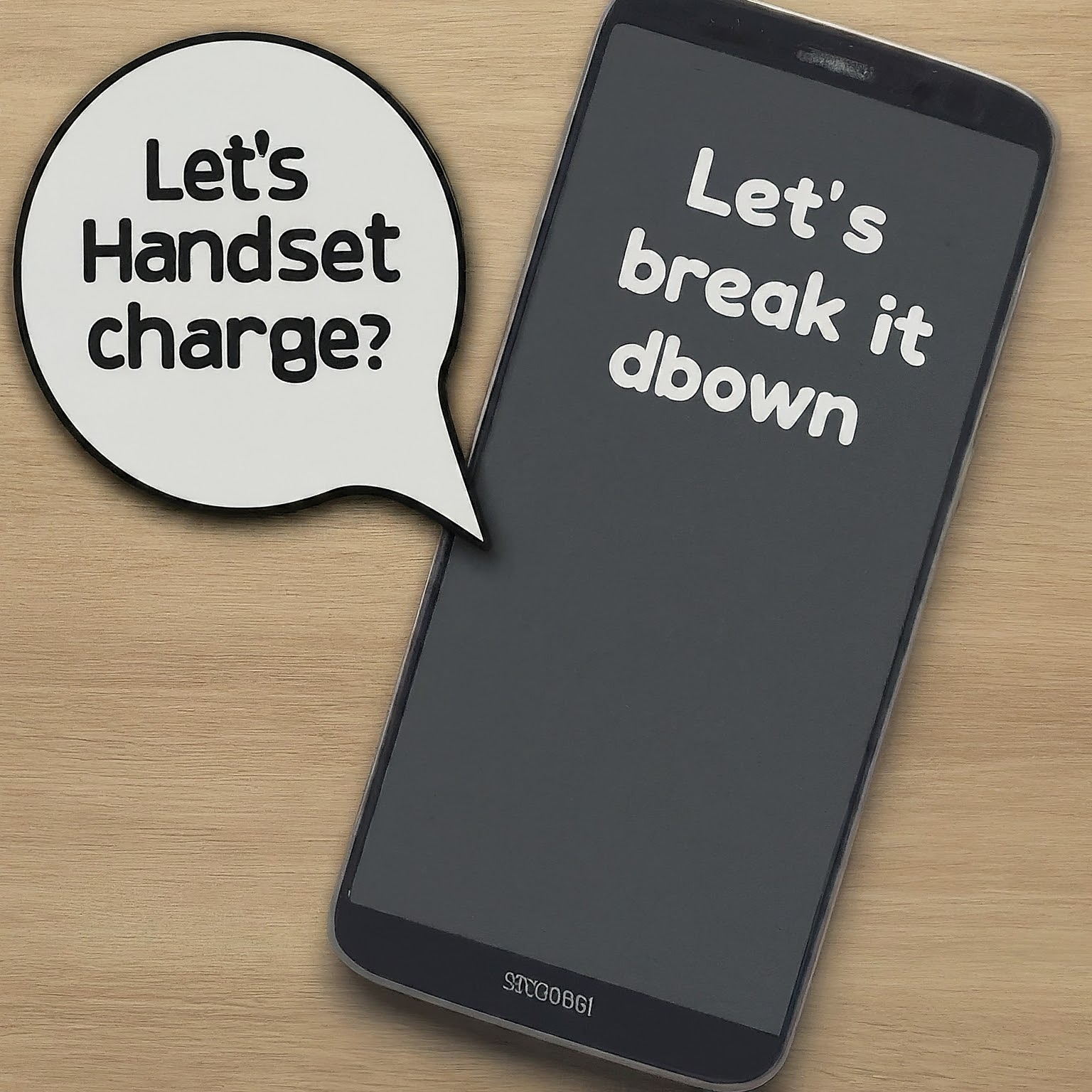Have you ever glanced at your T-Mobile bill and noticed a line item labeled “T-Mobile Handset Charge”? This seemingly cryptic phrase can raise questions, especially if you haven’t recently purchased a new phone. This comprehensive guide delves into the world of the T-Mobile handset charge, explaining its meaning, how it arises, and the factors that influence its amount.

Unveiling the Truth: What is a T-Mobile Handset Charge?
The T-Mobile handset charge refers to the monthly installment payment you make for financing a new phone through a T-Mobile device payment plan. These plans allow you to acquire a new phone without paying the full upfront cost. Here’s how it works:
Financing Agreement: When you select a device payment plan at T-Mobile, you essentially enter into a financing agreement. The total cost of the phone is divided into equal monthly installments spread over a specific period, typically 12, 24, or 36 months.
Spreading the Cost: The T-Mobile handset charge on your bill reflects your monthly portion of this financing agreement. Instead of paying the entire phone price upfront, you spread the cost out over the duration of the payment plan, making it more manageable for your budget.
Why Choose a Device Payment Plan? Exploring the Benefits
Device payment plans offered by T-Mobile, and other mobile carriers, present several advantages:
Accessibility: These plans allow you to acquire the latest smartphones without a significant upfront investment, making them more accessible for many consumers.
Budget-Friendly: By dividing the phone cost into monthly installments, you can manage your phone expenses more effectively and avoid a large initial financial burden.
Upgrade Flexibility: Device payment plans often allow for upgrading to a new phone after a certain period (typically halfway through the plan) by trading in your current device and entering into a new financing agreement for the latest model.
Factors Influencing the T-Mobile Handset Charge Amount
Several factors contribute to the amount you see reflected as the T-Mobile handset charge on your bill:
Phone Price: The overall cost of the phone you choose directly impacts the monthly installment amount. Higher-priced phones naturally result in a larger T-Mobile handset charge.
Length of the Payment Plan: The chosen payment plan duration affects the monthly charge. Shorter plans (12 months) typically have higher monthly installments compared to longer plans (36 months) spread over a more extended period.
Down Payment (Optional): Some device payment plans allow for an optional down payment at the time of purchase. This reduces the total financed amount and consequently lowers the monthly T-Mobile handset charge.
Beyond the Basics: Additional Considerations for T-Mobile Handset Charges
Here are some crucial points to keep in mind regarding the T-Mobile handset charge:
Understanding Your Agreement: It’s essential to thoroughly understand the terms and conditions of your device payment plan agreement. This includes the total financed amount, the interest rate (if applicable), and the early termination fees (if you decide to end the plan prematurely).
Tracking Your Payments: Maintaining a record of your T-Mobile handset charge payments ensures you stay on top of your financial obligations. Utilize online bill statements or T-Mobile’s mobile app to monitor your payment history.
Plan Expiration and Upgrade Options: When your device payment plan reaches its term, you’ll typically own the phone outright. T-Mobile might offer upgrade options at this point, allowing you to trade in your current device and enter into a new plan for the latest model.
Avoiding Confusion: Differentiating the T-Mobile Handset Charge from Other Fees
It’s important to distinguish the T-Mobile handset charge from other potential fees on your T-Mobile bill. Here are some key differences:
Mobile Service Plan Charges: Your T-Mobile bill will also include charges for your chosen mobile service plan, encompassing your data allowance, voice minutes, and text messaging. These are separate from the handset charge, which is strictly related to your phone financing.
Taxes and Surcharges: Taxes and government surcharges are often added to your overall T-Mobile bill. These are not directly related to the handset charge and vary depending on your location.
One-Time Charges: Occasionally, your bill might reflect one-time charges such as activation fees or additional device protection plans. These are distinct from the recurring T-Mobile handset charge associated with your phone financing agreement.
By understanding these distinctions, you can interpret your T-Mobile bill more accurately and avoid any confusion regarding the purpose of the T-Mobile handset charge.


